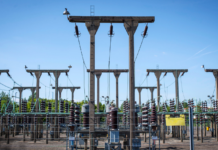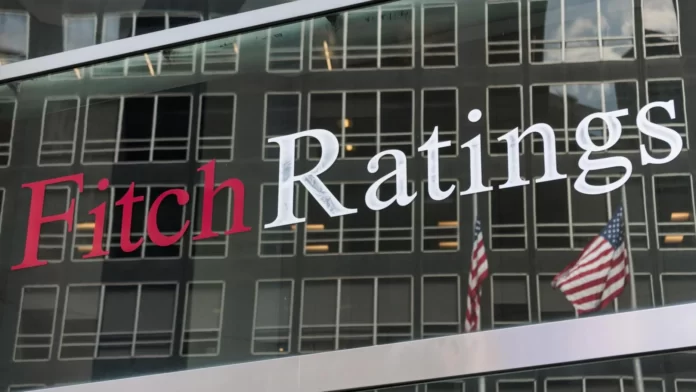KARACHI: Fitch Ratings on Tuesday upgraded Pakistan’s Long-Term Foreign-Currency Issuer Default Rating (IDR) to ‘B-’ from ‘CCC+’, citing strengthened confidence in the country’s commitment to fiscal reforms and ongoing success with its IMF programme. The outlook remains stable.
“The upgrade reflects Fitch’s increased confidence that Pakistan will sustain its recent progress on narrowing budget deficits and implementing structural reforms,” the global ratings agency said, noting this would “support its IMF programme performance and funding availability.”
Fitch expects the government’s fiscal deficit to narrow to 6% of GDP in FY25 and around 5% in the medium term, compared to nearly 7% in FY24. “We expect the primary surplus to more than double to over 2% of GDP in FY25,” it added, stating that lower inflation and imports may drag tax revenue growth, but the impact would be cushioned by reduced spending and stronger provincial surpluses.
On structural benchmarks, the agency highlighted that provincial governments have legislated hikes in agricultural income tax and praised Pakistan for its earlier “strong performance” under the previous short-term IMF arrangement that ended in April 2024.
The rating agency expects GDP growth to recover modestly, projecting 3% growth for FY25. Inflation is forecast to average 5% during the year, easing from over 20% seen in FY23–FY24. However, it warned that inflation may pick up again to 8% in FY26.
On the external front, Fitch noted that the country posted a current account surplus of $700 million in the first eight months of FY25. “We expect external deficits to widen… on stronger domestic demand,” it said, but added that the gap would likely remain below 1% of GDP over the next few years.
Fitch estimates Pakistan’s foreign exchange reserves stood just below $18 billion in March 2025—covering nearly three months of external payments—up from less than $8 billion in early 2023. This buildup has been aided by central bank purchases from the interbank market.
However, the agency flagged risks related to political volatility and future IMF compliance. “The current apparent consensus within Pakistan on the need for reform could weaken over time,” Fitch cautioned, adding, “Technical challenges will also be significant.”
The agency also warned that high interest payments—forecast at 59% of revenue in FY25, far above the 13% median for similarly rated peers—could strain the fiscal position despite declining inflation and gradual debt repricing.
While Pakistan’s reliance on external market financing has reduced, Fitch noted that $8 billion in external debt repayments are due in FY25 and $9 billion in FY26, underscoring the need for sustained multilateral and bilateral funding support.
“Market turmoil could still reduce access to loan funding,” it warned, though remittances—largely from the Middle East—remain resilient and continue to support external financing.
























